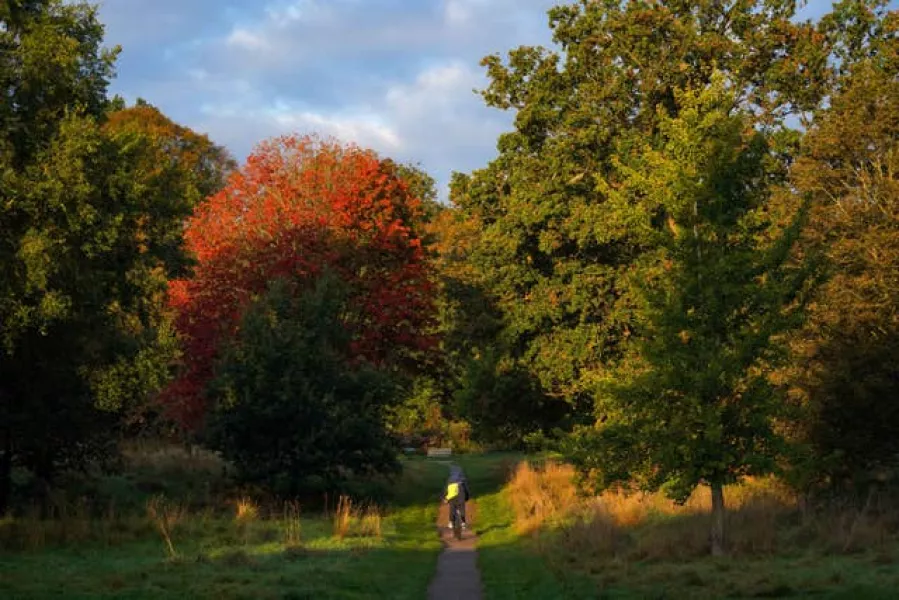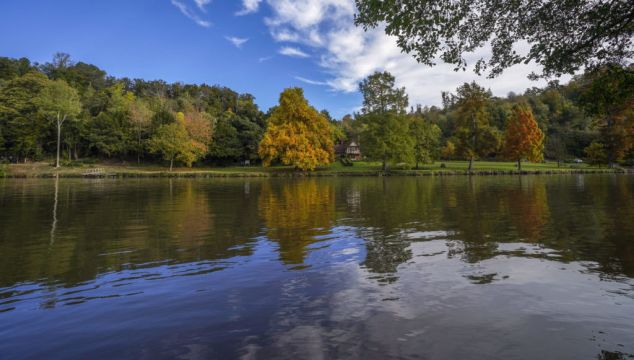Billions of dollars to restore the natural world have been promised during the first week of Cop26, with Alok Sharma describing it as humanity’s “first line of defence” against the climate crisis.
Day six of the climate summit was all about championing nature as the first phase of the negotiations are finalised.
While politicians and diplomats battle to come up with a viable plan to limit global warming to 1.5C, here is a look at the habitats they could be the key to saving us from disaster.
Forests
An agreement on forests was one of the early breakthroughs of the summit, with 110 countries – including Brazil – signing a declaration to halt and reverse deforestation by 2030.
Trees remove carbon from the atmosphere through photosynthesis – locking it in their trucks, leaf systems and also in the soil – and the UK is aiming to boast tree cover from 10.1 per cent to 12 per cent by 2050.

They boost biodiversity and reduce flood risk by intercepting rainfall in their canopies and pulling into the earth through their roots, as well as breaking up flows of heavy rainfall off already saturated ground.
Peatland
Peatland was long one of the unsung heroes of the climate crisis, and for centuries were drained for agriculture or dug up for fuel.
But research has found that despite covering only 3 per cent of the Earth’s landmass, they store almost twice as much carbon as forests – and the need to save them is rocketing up the climate agenda.

The wet marshy conditions of peatland locks in carbon from dead plant life, that would be released into the atmosphere through the process of decomposition or wildfire in dryer habitats.
But peatland in poor condition can become a major source of greenhouse gasses, research by Bangor University found the 2.6 million hectares of degraded peat in the UK emit 23 million tonnes of carbon a year – or 5 per cent of UK emissions.
Sustainable Agriculture
Modern agriculture can have a hugely detrimental impact on soil and water quality through use of fertilisers, pesticides and herbicides.
Farmers are being encouraged to restore hedgerows, plant trees and leave space for wildflowers on their land to boost biodiversity, reduce pollutants leeching into waterways and reduce flood risk.

They are also being urged to plant cover crops – crops aimed at improving soil health and reducing erosion – between harvests of cash crops to help the Earth lock in carbon more effectively.
Seagrass
Underwater forests of seagrass draw down huge volumes of carbon dioxide, locking it into the seabed, while simultaneously stabilising sediment, filtering water and providing a vital nursery for young fish.
Seagrass accounts for an estimated 15 per cent of the ocean’s carbon storage capacity, according to the Wildlife Trust, but huge swathes have been lost to dredging, trawler fishing and pollution.
“Is this how our story is due to end? A tale of the smartest species doomed by that all too human characteristic of failing to see the bigger picture in pursuit of short-term goals?” - David Attenborough speaking at COP26.
The time to act is now. Join #GenerationRestoration 🌏🌱 pic.twitter.com/tEFsx7BIsZ— Project Seagrass (@ProjectSeagrass) November 4, 2021
Experts estimate the UK has lost 44 per cent of its seagrasses since the 1930s and there are now several programmes attempting to painstakingly replant this habitat around our coastline.
– Saltmarsh
Saltmarshes not only store carbon, they also provide mitigation against extreme weather by acting as a huge flood defence.
Like peatland, dead saltmarsh plant life does not decompose and instead becomes buried beneath layers of sediment, effectively trapping the carbon in the mud.
In Essex the funding will go towards saltmarsh restoration. A hectare of saltmarsh can capture two tonnes of carbon a year and lock it into sediments for centuries. If the saltmarsh remains undisturbed the carbon in the soil can be stored for millennia!
💦🌱🌍💪@EssexWildlife pic.twitter.com/4eIeo8budE— The Wildlife Trusts (@WildlifeTrusts) July 8, 2021
Located along low-lying coastline, they also act as a buffer against tidal surges, reducing the risk of flooding and damage from heavy storms and tidal waves.
In the other direction, saltmarshes act as a sponge to filter out herbicides, pesticides and fertilisers from agricultural runoff, reducing the volumes of pollution reaching the ocean.







